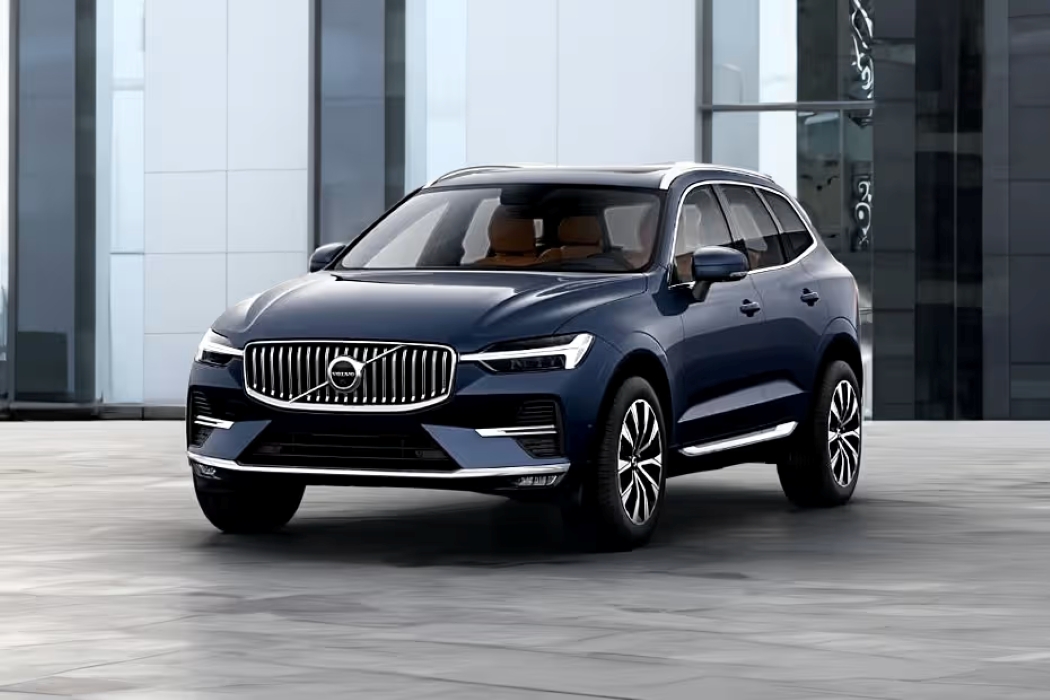The automotive industry has undergone a revolutionary transformation in recent years, with traditional analog gauges giving way to sophisticated digital dashboards.
These high-tech interfaces have become central to the modern driving experience, controlling everything from navigation and climate settings to vehicle diagnostics and entertainment.
However, not all digital dashboards are created equal. While some manufacturers have mastered the art of creating intuitive, reliable systems that stand the test of time, others have produced overly complex interfaces plagued by glitches and frustrating user experiences.
The quality of a car’s digital dashboard can significantly impact owner satisfaction and vehicle longevity. A well-designed system enhances the driving experience, providing seamless access to essential information and controls without distraction.
Conversely, poorly executed digital interfaces can lead to driver frustration, safety concerns, and costly repairs as technology ages. As vehicles become increasingly dependent on digital systems, the reliability and user-friendliness of these interfaces have never been more critical.
In this comprehensive guide, we’ll explore five vehicles whose digital dashboards have proven their worth through exceptional reliability, intuitive design, and graceful aging.
Then, we’ll examine five examples where manufacturers’ digital ambitions outpaced their execution, resulting in systems notorious for glitches, complications, and user complaints.
Whether you’re shopping for a new vehicle or curious about how different automotive technologies compare, this analysis will help you go through the complex world of automotive digital interfaces and identify which systems truly enhance the driving experience for years to come.
5 Cars With Digital Dashboards That Age Well
These thoughtfully designed digital instrument clusters maintain their responsiveness and visual appeal years after purchase, thanks to future-proof hardware and consistent software support.
Their crisp displays resist pixel degradation while continuing to receive meaningful updates that enhance functionality rather than simply changing aesthetics for marketing purposes.
From customizable layouts to sensible information presentation, these digital dashboards prove that screen-based instrumentation can provide lasting value throughout a vehicle’s lifetime.
1. Toyota Prius (4th Generation, 2016-2022)
The fourth-generation Toyota Prius may not be the first vehicle that comes to mind when thinking about cutting-edge technology, but its digital dashboard represents a masterclass in balancing innovation with reliability.
Introduced in 2016, the Prius’s instrument cluster and infotainment system exemplify Toyota’s philosophy of careful implementation over flashy gimmicks.
The Prius features a centrally mounted digital instrument cluster that delivers crucial information in a clean, legible format. The high-resolution color display shows speed, energy flow, fuel efficiency data, and hybrid system status through simple, intuitive graphics.
Toyota’s decision to position this display at the top of the dashboard reduces the driver’s need to look away from the road, enhancing both convenience and safety.
What makes the Prius’s digital interface particularly successful is its remarkably low failure rate. Toyota built the system using proven, thoroughly tested components rather than rushing to implement bleeding-edge technology.
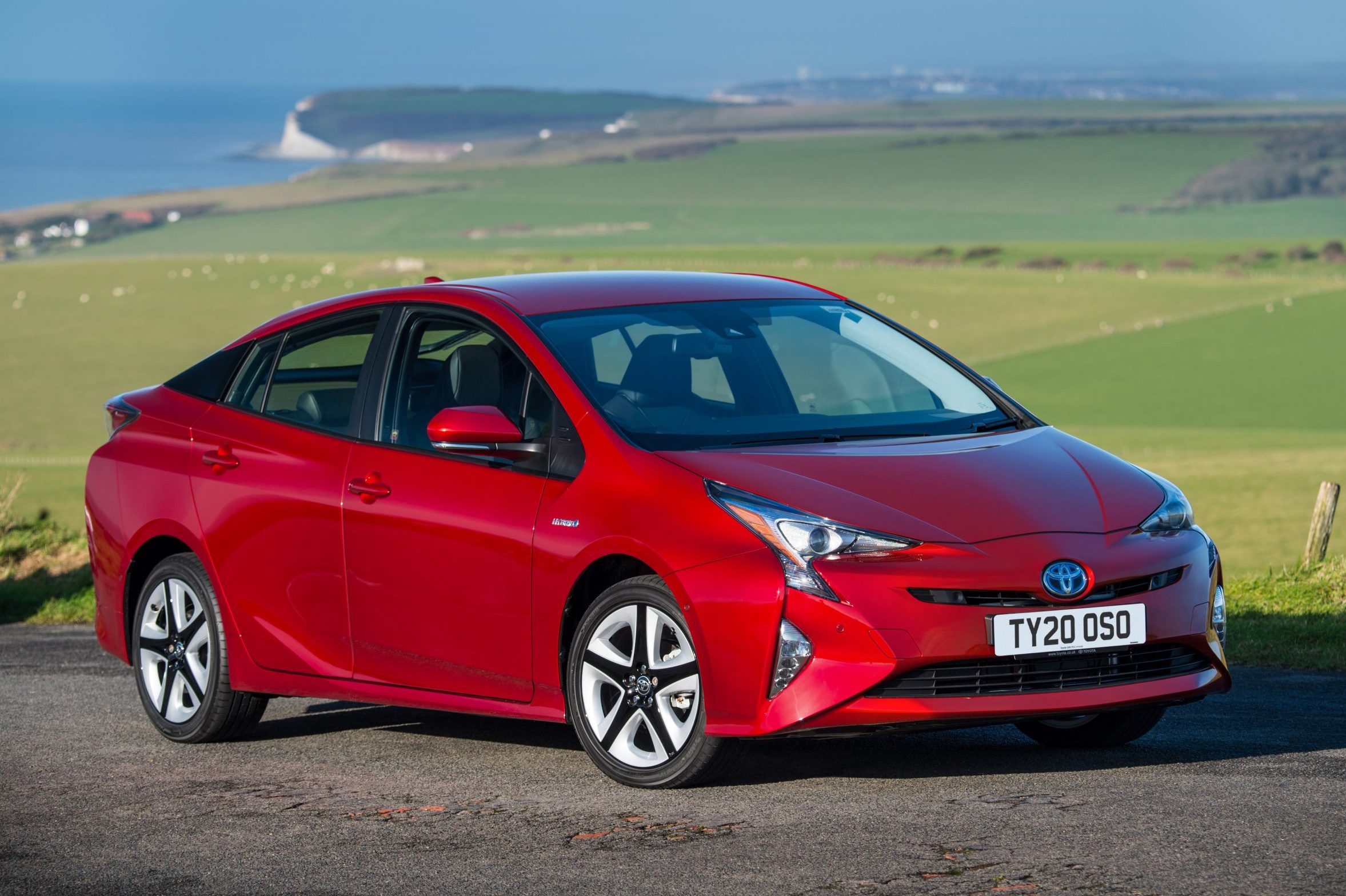
This conservative approach has paid dividends in long-term reliability, with owners reporting minimal issues even after years of use and high mileage. Software updates are infrequent but meaningful, addressing actual needs rather than continuously adding potentially problematic features.
The infotainment touchscreen, while not the largest or most visually impressive on the market, offers consistent performance with minimal lag.
Toyota’s decision to retain physical buttons and knobs for frequently used functions like climate control and volume means that essential adjustments can be made without going through digital menus, a design choice that has aged particularly well as other manufacturers have learned the hard way that touchscreen-only controls can frustrate drivers.
Perhaps most importantly, the Prius’s digital systems were designed with longevity in mind. The hardware components were selected for durability, and the software was engineered to be stable rather than flashy. As a result, Prius owners seldom find themselves facing expensive digital dashboard repairs or the frustration of system crashes.
In the automotive technology world, where obsolescence often arrives prematurely, the Prius’s digital dashboard stands as a testament to Toyota’s focus on creating technology that enhances the ownership experience without becoming a liability as the vehicle ages.
2. Mazda CX-5 (2017-Present)
Mazda’s approach to digital dashboards in the CX-5 represents a refreshing counterpoint to the industry trend of cramming ever-larger touchscreens into vehicles.
Since its 2017 redesign, the CX-5 has featured a thoughtfully executed digital interface that prioritizes driver focus and intuitive operation above all else.
The centerpiece of the CX-5’s digital experience is its infotainment system, which takes a fundamentally different approach from most competitors.
Rather than relying solely on touchscreen inputs, Mazda implements a rotary controller positioned between the front seats. This physical control interface allows drivers to go through menus and make selections without reaching for the display or taking their eyes off the road.
While this decision initially drew criticism from reviewers accustomed to touchscreens, time has validated Mazda’s approach as both safer and more reliable over the long term.
The system’s software architecture has proven remarkably stable, with owners reporting far fewer glitches, crashes, and freezes than competitors with more complex systems.
Mazda’s engineers prioritized getting the basics right: the interface responds consistently, boots quickly upon vehicle start, and maintains performance even as the vehicle ages.
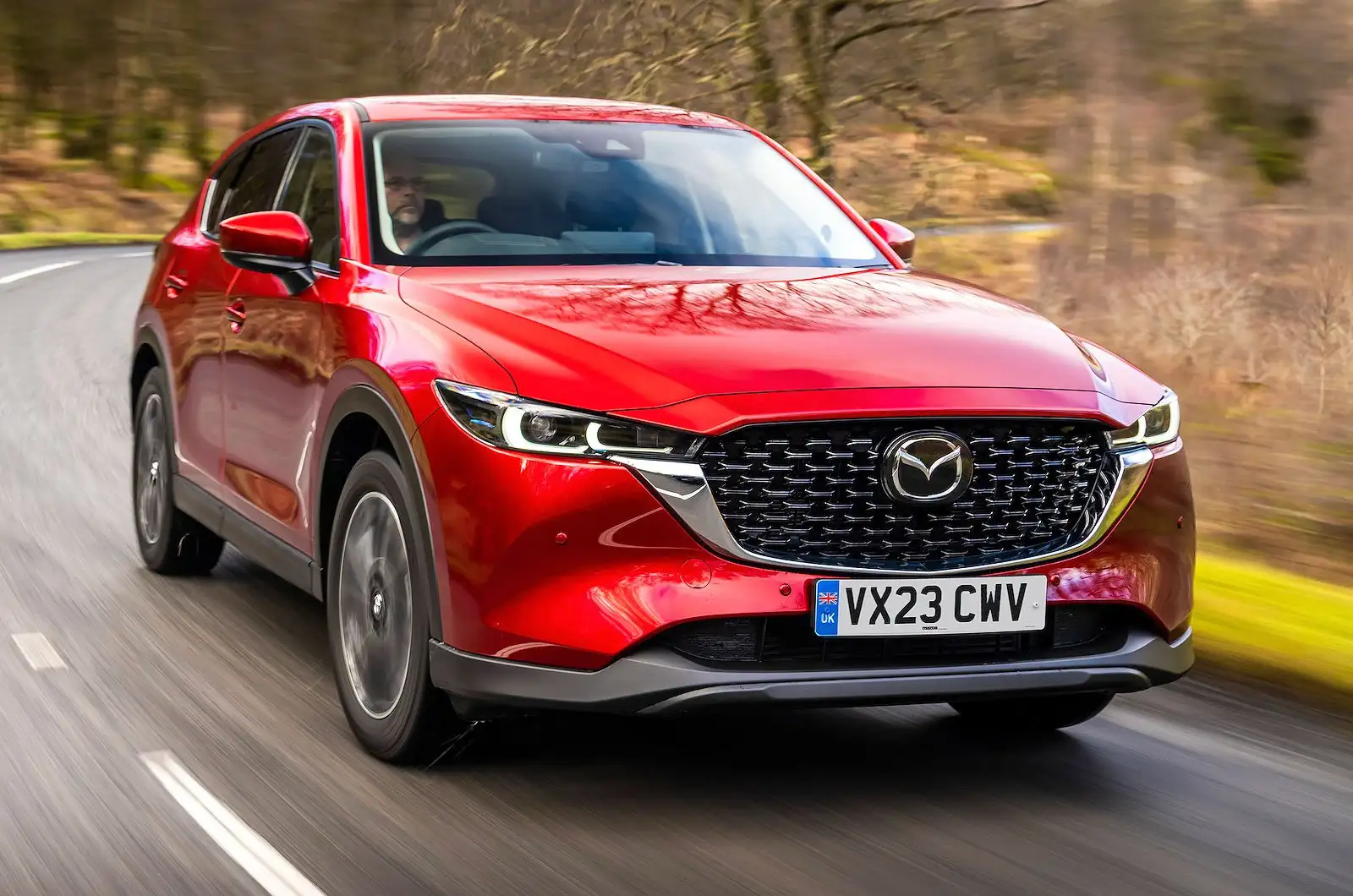
Software updates have been purposeful and well-executed, adding functionality without destabilizing the system or radically changing the user experience.
In the instrument cluster, Mazda balances digital and analog elements. While maintaining traditional physical gauges for speed and tachometer (in models before 2022), they’re complemented by a customizable digital display that shows navigation directions, safety information, and vehicle status.
This hybrid approach delivers modern functionality while maintaining the reliability advantages of physical gauges. What’s particularly impressive about the CX-5’s digital dashboard is how it has evolved without losing its identity or reliability.
When Mazda updated the infotainment system to a larger screen in later model years, they maintained the core interface philosophy and control scheme, allowing owners to benefit from hardware improvements without needing to relearn operation.
This consistent approach to user experience design has created a system that feels fresh and capable even years after purchase. The CX-5’s digital interface also benefits from Mazda’s approach to vehicle electronics, which emphasizes robust hardware and carefully optimized software.
Components are selected for durability rather than minimum cost, connections are secure, and the system architecture is designed to prevent cascading failures.
As a result, the CX-5 consistently ranks near the top in reliability surveys specifically concerning electronics and infotainment systems, with owners reporting high satisfaction even after several years of ownership.
3. Audi Virtual Cockpit (2016-Present)
When Audi introduced its Virtual Cockpit system in 2016, it represented one of the most ambitious digital dashboard implementations in the automotive industry.
Replacing traditional analog gauges entirely with a 12.3-inch high-resolution display, the Virtual Cockpit could have easily become another example of technology outpacing usability.
Instead, it has emerged as one of the most successful and enduring digital interfaces in modern vehicles. The Virtual Cockpit’s brilliance lies in its thoughtful execution and focus on driver preference.
The system allows users to choose between different display modes, from a classic view that mimics traditional gauges to an expanded navigation view that prioritizes mapping information.
This flexibility ensures that the system serves the driver’s needs rather than forcing adaptation to a single design philosophy. The crisp, high-resolution screen provides exceptional readability in all lighting conditions, with anti-glare treatments that prevent washout even in direct sunlight.
Powered by NVIDIA’s Tegra processor, the Virtual Cockpit delivered substantial computing power from its introduction, providing headroom for future software updates without becoming sluggish.
This forward-thinking hardware specification has allowed Audi to continuously refine the system through over-the-air updates, adding features and optimizations without requiring physical dealer visits.
The robust processing capabilities also enable the system to render complex graphics smoothly, maintaining a consistent 60 frames per second refresh rate that contributes to the premium feel of the interface.
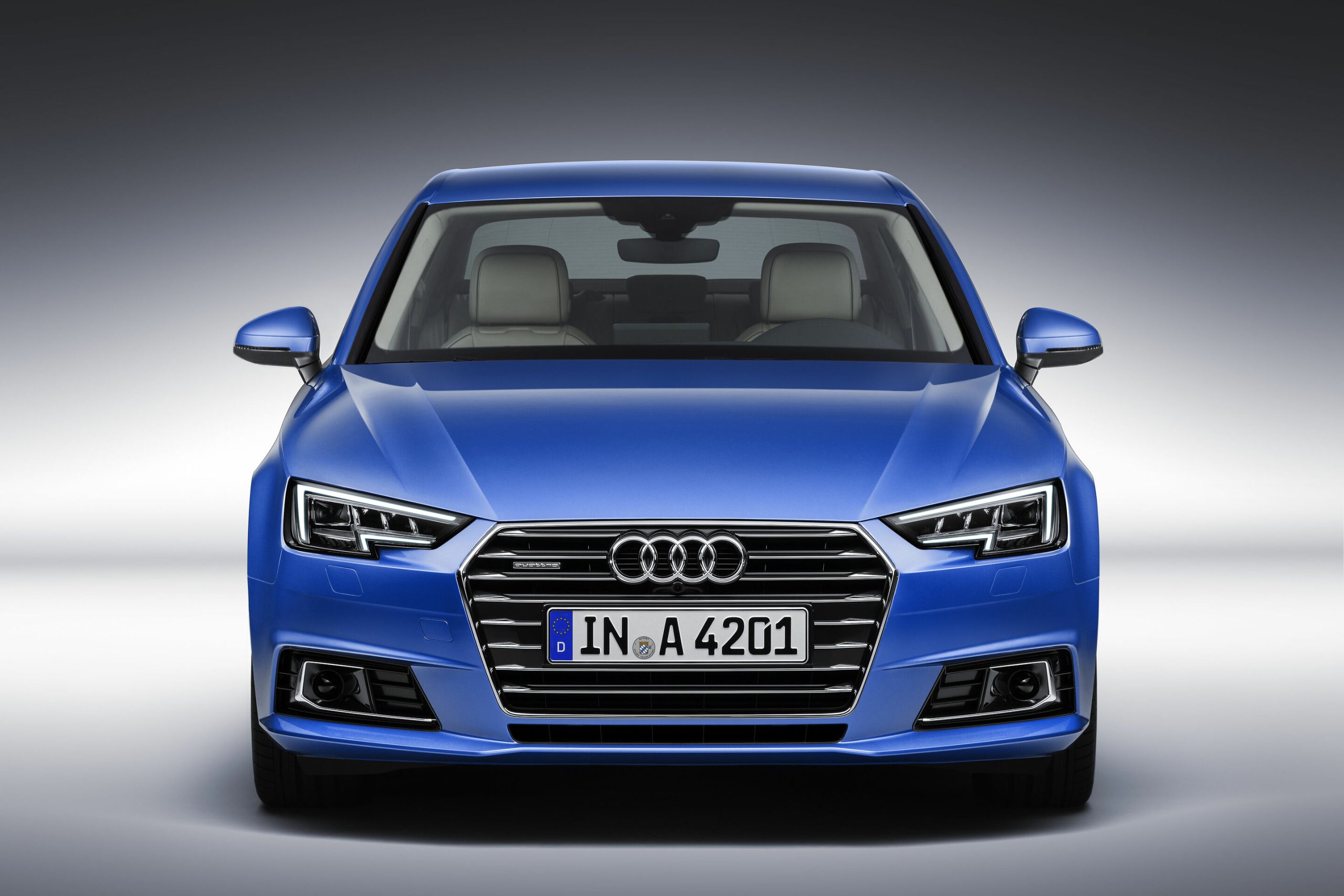
What truly distinguishes the Virtual Cockpit from less successful digital dashboards is its remarkable reliability record. Despite its complexity, the system has proven exceptionally stable, with minimal reports of screen failures, software glitches, or system crashes.
Audi’s extensive testing regime before initial release and conservative approach to updates have ensured that the system maintains its integrity throughout the vehicle’s life.
The integration between the Virtual Cockpit and Audi’s MMI infotainment system demonstrates thoughtful system architecture. Information flows seamlessly between the two displays, allowing drivers to manage complex tasks with minimal distraction.
The retention of physical controls for frequently used functions further enhances usability, proving that digital innovation need not come at the expense of ergonomic fundamentals.
Perhaps most impressively, early implementations of the Virtual Cockpit have aged gracefully from both a technological and aesthetic perspective.
The clean, minimalist design language has remained current even as automotive interior trends have evolved, and the functionality continues to feel contemporary rather than dated.
This longevity stands in stark contrast to many digital systems that feel obsolete within a few model years, making the Virtual Cockpit a benchmark for how automotive digital interfaces can maintain relevance and value throughout a vehicle’s lifespan.
4. Volvo XC60 (2018-Present)
Volvo’s approach to digital dashboard design in the XC60 embodies the Swedish manufacturer’s philosophy of subtle sophistication and human-centered design.
Introduced with the second-generation XC60 in 2018, Volvo’s Sensus infotainment system and digital instrument cluster represent one of the industry’s most successful implementations of comprehensive digital integration.
The portrait-oriented 9-inch touchscreen at the center of the dashboard broke convention when introduced, but this design decision has proven prescient.
The vertical orientation allows for natural scrolling through lists and menus, similar to smartphone interaction, while providing better visibility for navigation maps that need to show the road ahead.
The system’s interface is organized into clear, logical tiles that can be accessed with minimal distraction, following Volvo’s unwavering commitment to safety. What separates Volvo’s implementation from less successful systems is its fundamental stability.
The underlying software architecture prioritizes consistent performance over flashy animations or effects. The system boots quickly and reliably when the vehicle starts, responds promptly to inputs even after years of use, and rarely experiences freezes or crashes that plague more problematic implementations.
When Volvo does issue software updates, they’re thoroughly tested and focused on meaningful improvements rather than cosmetic changes.
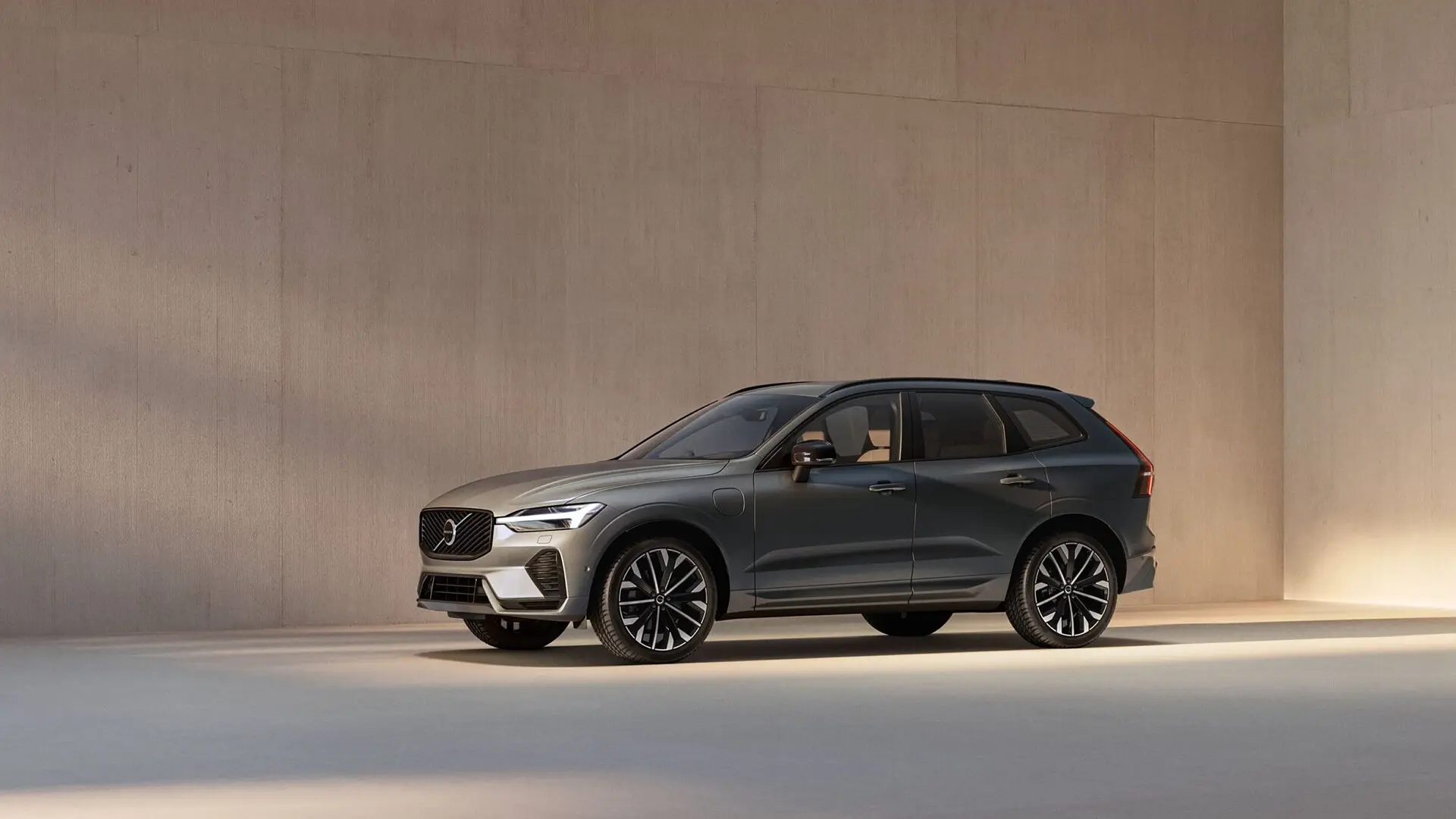
The digital instrument cluster complements the central display with clean, information-rich graphics that can be customized to the driver’s preferences.
Unlike some competitors that overwhelm with information, Volvo’s approach focuses on clarity and legibility, presenting only what’s relevant to the current driving situation.
The display’s high resolution and excellent contrast ensure visibility in all lighting conditions, from bright sunlight to night driving. Hardware durability has proven exceptional, with touchscreen sensitivity and responsiveness maintaining their original quality even in vehicles with high mileage.
This longevity stems from Volvo’s selection of industrial-grade components designed for automotive conditions rather than adapting consumer-grade electronics to vehicle use.
The system’s operating temperature range is particularly impressive, maintaining consistent performance in both extreme cold and heat without the lagging or display issues that affect less robust systems.
Perhaps most importantly, Volvo designed its digital systems with a clear understanding of the vehicle’s lifecycle. The hardware specifications provided sufficient headroom for future software updates, ensuring that even earlier XC60 models could receive new features and refinements without hardware limitations.
The company has demonstrated an admirable commitment to supporting older vehicles through meaningful updates that extend the system’s useful life rather than pushing owners toward newer models.
The XC60’s digital dashboard perfectly balances innovation with usability, proving that comprehensive digital integration can enhance the driving experience without compromising reliability or creating future headaches for owners.
It stands as a testament to thoughtful design that considers not just the showroom experience but the entire ownership journey.
Also Read: 5 Budget Cars That Save on Gas and 5 That Make It Worse
5. Honda Accord (10th Generation, 2018-2022)
The tenth-generation Honda Accord represents one of the most successful mainstream implementations of digital dashboard technology. When Honda redesigned their flagship sedan for 2018, they took a carefully measured approach to digitization that prioritized functionality and reliability over flashy features, a strategy that has paid dividends in long-term owner satisfaction.
The Accord’s digital instrument cluster exemplifies Honda’s thoughtful design philosophy. The 7-inch display is positioned within a traditional gauge housing, blending digital flexibility with a familiar layout.
This hybrid approach allows for customizable information without the learning curve associated with completely novel interfaces. The display renders information with exceptional clarity, using clean typography and intuitive iconography that remains instantly comprehensible at a glance.
Honda’s software team prioritized rapid information processing by the driver over decorative elements, resulting in screens that communicate effectively without distracting flourishes.
The centerpiece of the Accord’s digital experience is its 8-inch touchscreen infotainment system. After learning valuable lessons from the previous generation’s problematic capacitive controls, Honda returned to physical buttons and knobs for volume control and primary navigation while maintaining touchscreen functionality for more complex interactions.
This balanced approach has aged remarkably well, offering technological convenience without sacrificing tactile feedback for essential functions a design choice that increasingly seems prescient as other manufacturers return to physical controls after touchscreen-only experiments.
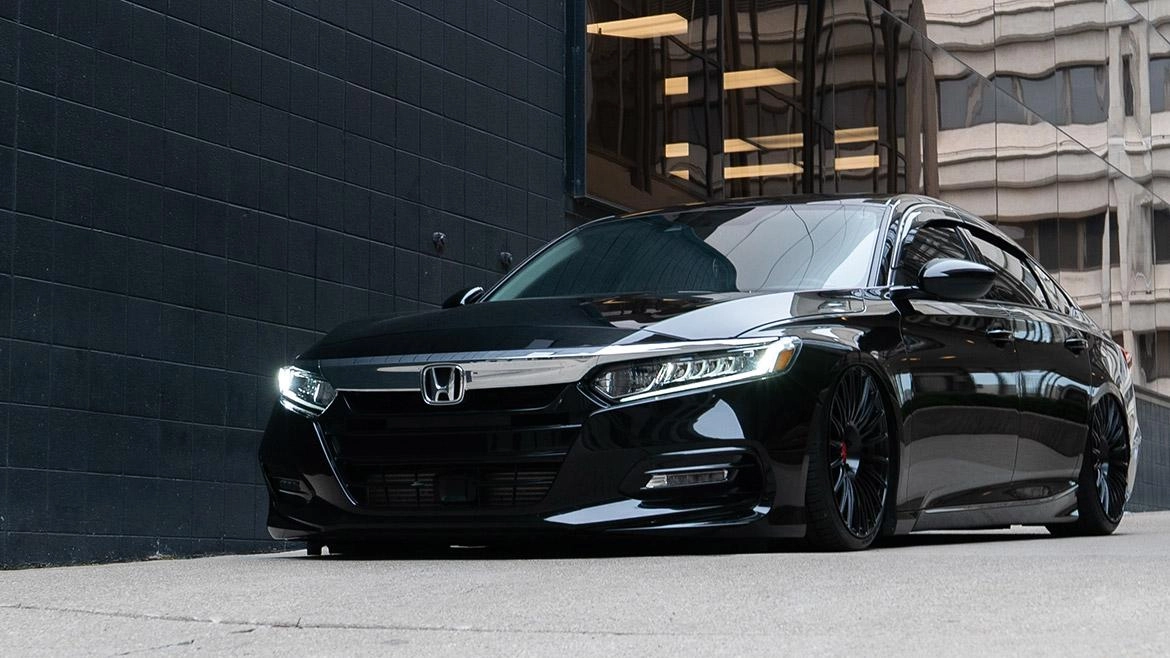
What truly distinguishes the Accord’s digital systems is their exceptional reliability record. The hardware components were selected for durability in automotive conditions, with robust temperature tolerance and resistance to vibration.
The touchscreen maintains sensitivity and responsiveness even after years of use, without developing the dead spots or calibration issues that plague less durable systems.
Software stability is equally impressive, with owners reporting minimal instances of system crashes, freezes, or erratic behavior compared to competitors.
Honda’s approach to software updates further enhances the system’s longevity. Rather than constantly changing interface elements or adding potentially destabilizing features, Honda’s updates focus primarily on security improvements and bug fixes, with new functionality introduced only when thoroughly tested.
This conservative update philosophy means that the system’s behavior remains consistent and predictable throughout ownership, allowing users to develop familiarity rather than constantly adapting to changes.
The Accord’s digital dashboard also demonstrates thoughtful integration with smartphone technologies. The implementation of Android Auto and Apple CarPlay is among the most stable in the industry, with reliable connections and consistent performance.
This partnership with established mobile platforms extends the system’s useful life by allowing access to updated navigation and media services even as the built-in software ages.
The tenth-generation Accord proves that effective digital integration doesn’t require reinventing the interface paradigm or implementing bleeding-edge technology.
By focusing on core functionality, reliability, and thoughtful evolution of established conventions, Honda created a digital dashboard experience that enhances the driving experience throughout the vehicle’s life without becoming a frustration point or maintenance liability.
5 Cars That Glitch Out
These problematic digital displays quickly reveal their shortcomings with flickering screens, frozen menus, and disappearing information that compromise essential driving data.
Despite flashy appearances when new, these systems deteriorate rapidly, with outdated processors struggling to handle basic functions as manufacturers abandon software support for aging models.
Owners report frustrating visits to dealerships for dashboard reboots and expensive module replacements, turning what should be innovative technology into a costly maintenance headache.
1. Jaguar Land Rover InControl Touch Pro (2015-2019)
The Jaguar Land Rover InControl Touch Pro system represents a cautionary tale of ambitious digital dashboard implementation outpacing execution capabilities.
Introduced across JLR’s lineup beginning in 2015, the system promised a revolutionary leap forward in connectivity and user experience. Instead, it became synonymous with frustration for owners and a significant liability for the manufacturer’s reputation.
The system’s hardware appeared impressive on paper, featuring a 10.2-inch touchscreen with high-resolution graphics and an attractive interface.
The digital instrument cluster complemented this with customizable displays and sleek animations. However, beneath the polished surface lay fundamental architecture issues that would plague the system throughout its implementation.
Processing power proved woefully inadequate for the system’s ambitious graphics and features. Owners consistently reported agonizing boot times, sometimes exceeding 30 seconds after vehicle start, an eternity when attempting to access navigation or reverse camera functions.
Once operational, the system exhibited persistent lag, with inputs sometimes registering several seconds after being made. This led to a cascade of problems, from missed turns due to delayed navigation instructions to accidental selection of unintended functions as impatient users tapped multiple times, only to have all inputs register simultaneously.
Reliability issues plagued the system from launch. Random crashes and freezes became commonplace, often requiring vehicle restarts to resolve. The touchscreen would occasionally become entirely unresponsive, leaving drivers unable to access climate controls, media functions, or safety features integrated into the display.
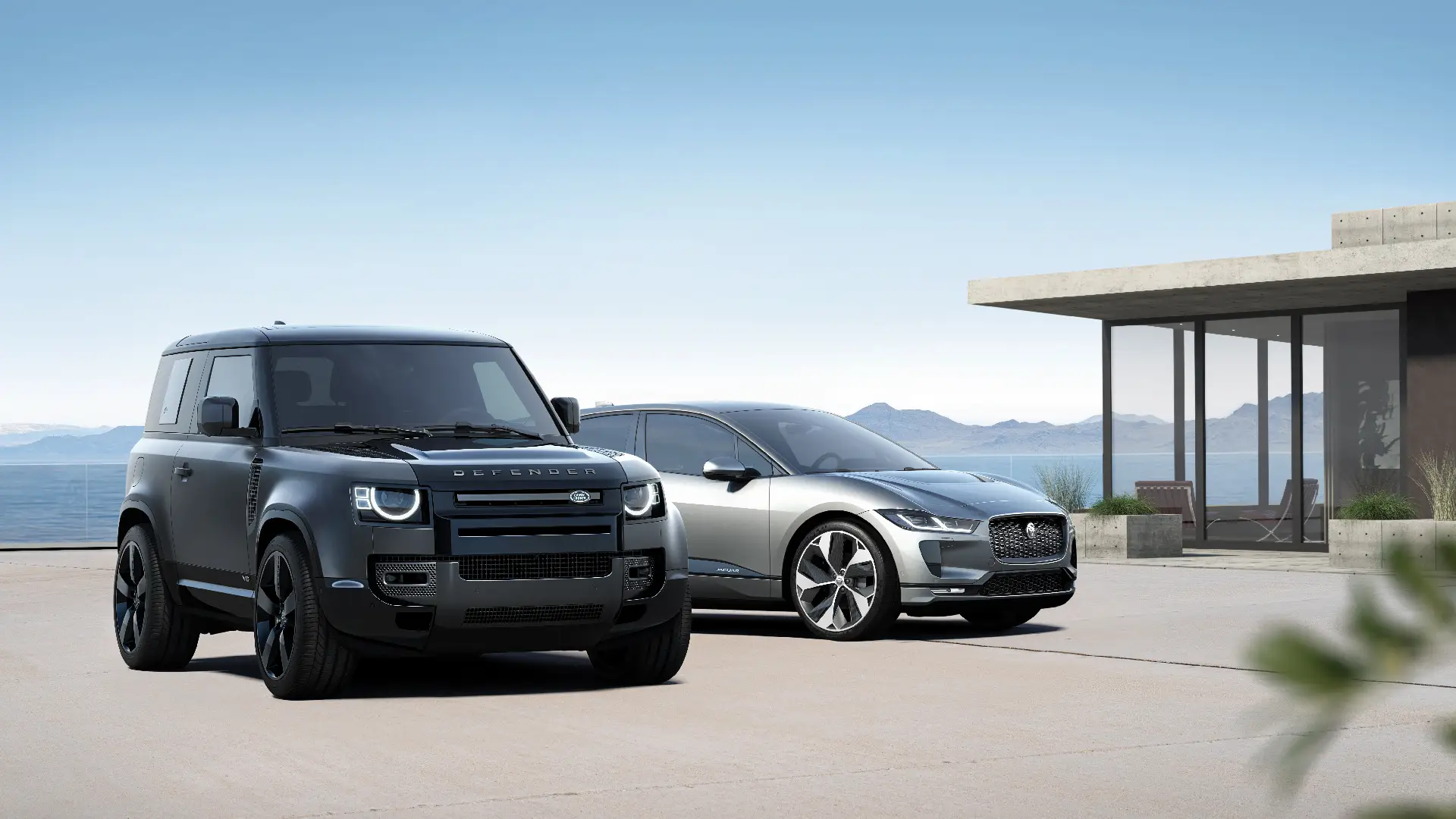
More concerningly, the digital instrument cluster would sometimes go blank while driving, depriving operators of critical information like vehicle speed and warning indicators.
Bluetooth connectivity proved particularly problematic, with phones failing to pair or suddenly disconnecting during calls. Navigation suffered from both software instability and outdated maps, with the system sometimes calculating impossible routes or failing to recognize major road changes.
Even basic functions like changing radio stations could become exercises in frustration when the system decided to lag or freeze. Software updates, rather than resolving issues, frequently introduced new problems.
Many owners reported that their dealers advised against installing updates unless specifically addressing a critical issue, as the cure often proved worse than the disease.
JLR’s ability to address problems through over-the-air updates was limited, requiring many fixes to be performed at dealerships, a time-consuming process for owners already frustrated by their vehicle’s technology.
The long-term aging of the system proved particularly problematic. As smartphones and other consumer electronics evolved rapidly, the InControl Touch Pro’s limitations became increasingly apparent.
Its slow processor and limited memory couldn’t keep pace with growing application demands, and its architecture didn’t allow for significant hardware upgrades without complete system replacement.
JLR eventually acknowledged the system’s shortcomings, gradually replacing it with the improved Pivi Pro system in newer models. However, for owners of 2015-2019 vehicles, the digital dashboard remains a persistent source of frustration and a costly repair item when components inevitably fail.
The InControl Touch Pro stands as a stark reminder that automotive digital systems require not just attractive design but fundamental reliability and thoughtful implementation to succeed over a vehicle’s lifespan.
2. Ford MyFord Touch/SYNC 2 (2011-2015)
Ford’s ambitious MyFord Touch system (also marketed as SYNC 2) represents one of the most notorious examples of digital dashboard technology that failed to deliver on its promises.
Launched with great fanfare in 2011, the system was meant to revolutionize in-car technology and establish Ford as an innovation leader. Instead, it became a cautionary tale of technology implementation outpacing usability engineering and quality control.
The system’s fundamental concept was forward-thinking: a comprehensive touchscreen interface would replace traditional buttons and knobs, offering customizable displays and extensive connectivity options.
The execution, however, suffered from numerous critical flaws that would haunt owners throughout the system’s life cycle. The capacitive touch interface lacked the tactile feedback of physical controls, making it nearly impossible to operate without looking away from the road.
The screen was divided into four color-coded quadrants controlling phone, navigation, entertainment, and climate functions, but the small touch targets and inconsistent response made even simple adjustments challenging.
Performance issues plagued the system from launch. Boot-up times were painfully slow, often taking 30 seconds or more after vehicle start before the system became operational.
Once running, the interface suffered from severe lag, with touches sometimes registering several seconds after input or not at all. These delays were more than mere inconveniences they rendered safety features like the backup camera nearly useless when the screen failed to display the image until the driver had already begun reversing.
Reliability proved to be MyFord Touch’s greatest weakness. System crashes were commonplace, with the screen freezing or going black entirely, requiring vehicle restarts to resolve.
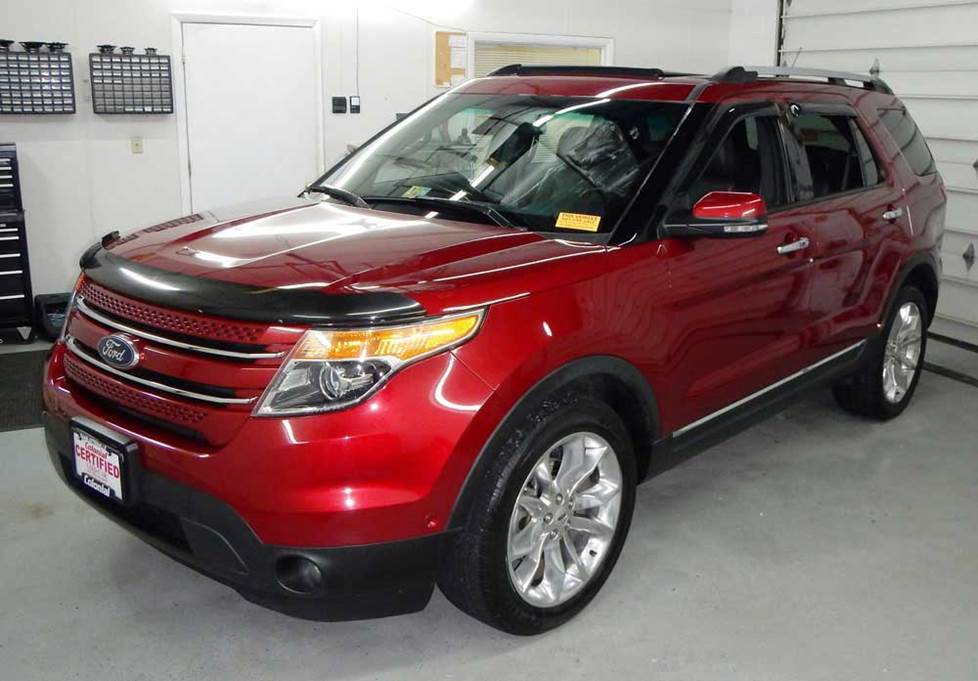
Bluetooth connectivity was notoriously inconsistent, with phones dropping connections mid-call or failing to pair altogether. The voice recognition system frequently misinterpreted commands, leading to frustration when attempting to place calls or set navigation destinations.
Perhaps most concerning were the occasional complete system failures that would render multiple vehicle functions inaccessible until dealer intervention.
Ford attempted to address these issues through a series of software updates, even mailing USB drives to owners for self-installation when the problems became too widespread to ignore.
While each update improved certain aspects of the system, they never fully resolved the fundamental instability. Some updates even introduced new problems while fixing old ones, creating a whack-a-mole situation that damaged consumer confidence in Ford’s technology.
The long-term aging of MyFord Touch systems has been particularly problematic. As the hardware ages, touchscreen sensitivity often deteriorates, creating “dead zones” that no longer respond to input.
The outdated processors struggle even more with each passing year, and replacement parts have become increasingly difficult to source as Ford has moved on to newer systems.
Many owners of vehicles equipped with MyFord Touch have resorted to expensive aftermarket replacements rather than continuing to struggle with the factory system.
The MyFord Touch saga had significant repercussions for Ford. The company’s J.D. Power Initial Quality ratings plummeted largely due to technology complaints, and Consumer Reports specifically cited the system when removing recommendations from several Ford models.
The experience fundamentally changed Ford’s approach to in-car technology, with subsequent SYNC 3 and SYNC 4 systems representing a complete philosophical reset with an emphasis on reliability and usability over feature count.
3. Cadillac CUE (2012-2019)
Cadillac’s User Experience (CUE) system stands as one of the most ambitious yet problematic digital dashboard implementations in recent automotive history.
Introduced in 2012 across Cadillac’s lineup, CUE was positioned as a technological tour de force that would differentiate the brand from both domestic and European luxury competitors.
Instead, it became a textbook example of how cutting-edge technology, when poorly executed, can undermine an otherwise excellent vehicle. The system’s hardware appeared impressive at first glance.
A glossy black panel housed a high-resolution touchscreen above a row of touch-sensitive controls that used haptic feedback to confirm inputs. The minimalist aesthetic created a clean, modern appearance that photographed beautifully in marketing materials and showrooms.
However, this prioritization of form over function quickly revealed itself once owners began living with the system. CUE’s most fundamental flaw was its complete abandonment of physical controls in favor of capacitive touch surfaces.
Climate and volume adjustments, functions used constantly during everyday driving, required precise touches on unmarked areas of the panel. Without tactile reference points, drivers were forced to look away from the road to perform even the simplest adjustments.
The haptic feedback system intended to confirm successful inputs often lagged behind the actual touch, creating confusion about whether commands had registered.
Performance issues plagued CUE from its introduction. The system’s processor proved woefully inadequate for the ambitious graphics and animations, resulting in frustrating lag between input and response.
Screen transitions that looked fluid in demonstrations would stutter in real-world use, and complex functions like address entry in the navigation system could bring the entire system to a crawl. Boot-up times after vehicle start were painfully slow, sometimes exceeding 30 seconds before core functions became available.
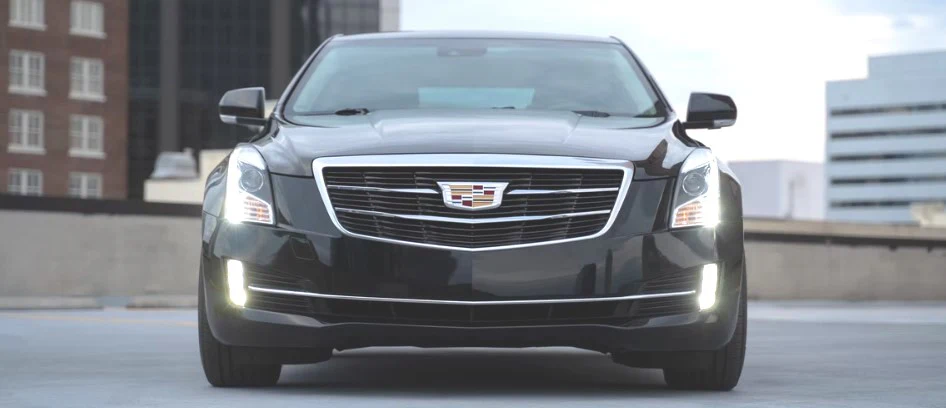
Reliability concerns emerged early and persisted throughout CUE’s production run. Screens would freeze without warning, requiring vehicle restarts to restore functionality.
The touch-sensitive panel’s calibration would drift over time, creating “dead zones” that no longer responded to input or areas that triggered unintended functions.
Physical deterioration of the glossy panel surface was common, with the piano black finish showing scratches and fingerprints that proved impossible to permanently remove, giving even meticulously maintained vehicles a worn appearance.
Perhaps most troublingly, CUE exhibited significant durability issues as vehicles aged. The adhesive bonding the touchscreen to its housing would frequently fail in hot climates, leading to delamination that created bubbles under the screen surface.
The touch-sensitive buttons below the screen proved particularly prone to failure, with many owners reporting complete non-responsiveness after just a few years of use. These issues typically emerged after warranty expiration, leaving owners with repair bills often exceeding $1,200 for replacement components.
Software updates, while intended to address performance issues, frequently introduced new problems or changed interface behaviors without warning, forcing users to relearn system operation.
Later iterations of CUE did improve somewhat, but the fundamental architecture limitations prevented the kind of transformative upgrades that would have been necessary to fully address owner complaints.
The CUE system’s reception was so negative that it significantly impacted Cadillac’s quality ratings and sales performance. Consumer Reports and J.D. Power surveys consistently highlighted technology complaints as a primary reason for Cadillac’s below-average reliability scores during this period.
Cadillac eventually abandoned the CUE branding entirely, implementing a completely redesigned interface in newer models that reintroduced physical controls for key functions a tacit acknowledgment of the system’s fundamental flaws.
4. Fiat Chrysler Uconnect 8.4 (2013-2015)
While later versions of Fiat Chrysler’s Uconnect system would earn praise for their usability, the early 8.4-inch implementations from 2013-2015 represent a case study in promising technology undermined by inadequate execution and support.
Deployed across numerous FCA brands, including Dodge, Chrysler, Jeep, and Ram, these systems shared a common architecture that, unfortunately, also meant they shared common problems.
The Uconnect 8.4 system appeared well-conceived on paper. Its large touchscreen offered an intuitive tile-based interface, physical knobs complemented digital controls for volume and tuning, and the system included advanced features like navigation and smartphone connectivity.
The implementation, however, suffered from critical flaws that would plague owners throughout these vehicles’ lifespans. Processing power proved woefully inadequate from the start.
The system’s hardware struggled to handle even basic functions smoothly, with noticeable lag when switching between radio, media, and navigation screens.
This performance deficit became more pronounced when using processor-intensive features like navigation or voice commands. Route calculations could take 30 seconds or more, making on-the-fly navigation adjustments virtually impossible.
Voice recognition was similarly hampered, often taking so long to process commands that drivers gave up and resorted to manual inputs. Software stability emerged as perhaps the most significant issue.
Random freezes and crashes occurred with alarming frequency, sometimes locking up the entire infotainment system mid-drive. When these failures occurred, they often took down critical vehicle functions integrated into the touchscreen, including climate control settings and safety features.
Complete system reboots, either through a multi-button reset procedure or by stopping and restarting the vehicle, became routine for many owners.
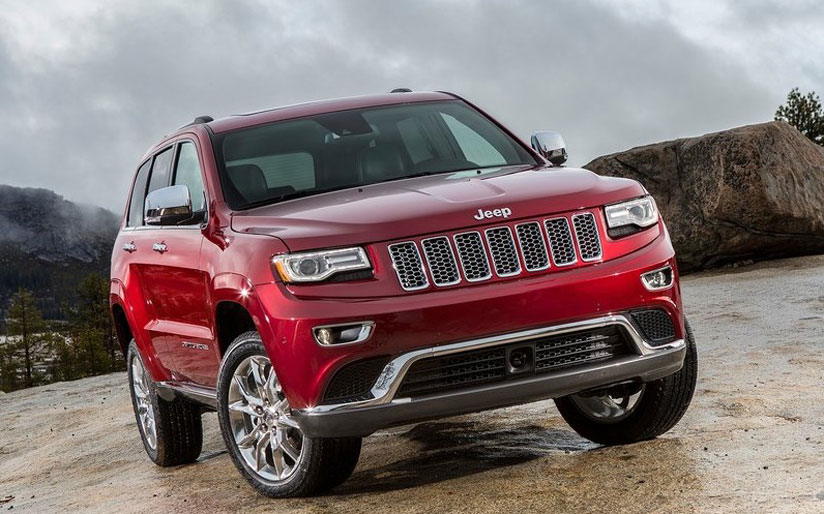
Connectivity problems plagued the system throughout its production run. Bluetooth pairing was notoriously inconsistent, with phones dropping connections or failing to reconnect automatically.
USB connections would frequently go unrecognized or disconnect unexpectedly. Perhaps most frustratingly, the system would occasionally “forget” paired devices altogether, requiring complete repair procedures.
The navigation system proved particularly problematic beyond its slow performance. Map data quickly became outdated, and updates were both expensive and difficult to install.
Many dealers lacked the training to properly perform updates, and FCA’s support infrastructure wasn’t prepared for the volume of issues that emerged. Online update procedures frequently failed mid-installation, sometimes rendering the system completely inoperable and requiring dealer intervention.
Long-term reliability issues became apparent as these vehicles aged. Touchscreen sensitivity would deteriorate over time, creating unresponsive areas or phantom touches.
The system’s internal storage would gradually fill with error logs and cached data that couldn’t be cleared through normal user interfaces, progressively degrading performance.
Perhaps most concerning was the system’s vulnerability to extreme temperatures, with screens frequently failing prematurely in hot climates or becoming temporarily inoperable in cold weather.
FCA attempted to address some issues through software updates, but their effectiveness was limited by the hardware’s fundamental constraints. Many updates required dealer installation rather than over-the-air delivery, creating a significant barrier for owners seeking improvements.
When updates were installed, they sometimes created new problems while fixing existing ones, leading many owners to decline updates altogether once they found a relatively stable configuration.
The 2013-2015 Uconnect 8.4 systems have become notorious in the used car market, with savvy buyers specifically avoiding these model years or factoring in the cost of aftermarket replacements.
FCA significantly revamped the system for 2016 and beyond, addressing many of the core issues, but owners of the earlier implementations were left with increasingly problematic technology that undermined otherwise capable vehicles.
5. Tesla Model S/X MCU1 (2012-2018)
Tesla’s first-generation Media Control Unit (MCU1), used in Model S and X vehicles from 2012 to 2018, presents a fascinating case study in the risks of automotive technology that pushes boundaries without adequate long-term planning.
Initially hailed as revolutionary for its smartphone-like 17-inch touchscreen that controlled nearly all vehicle functions, the system has become infamous for reliability issues that worsen dramatically with age.
The MCU1 system represented the most comprehensive implementation of touchscreen controls that the automotive industry had seen. Nearly every vehicle function, from climate settings and suspension configuration to windshield wiper speed and glove box opening, was controlled through the massive center display.
This radical approach eliminated dozens of physical buttons and created an interior that looked futuristic and minimalist. The large screen allowed for impressive features, including a full-screen navigation display using Google Maps, internet browsing capability, and later, streaming entertainment options.
However, this groundbreaking approach revealed serious flaws as vehicles aged. Most critically, Tesla chose to use an eMMC flash memory chip with limited write cycles as the system’s primary storage.
The MCU continuously logged vehicle data to this chip, causing it to inevitably wear out after a finite number of write operations. As this storage approached its lifespan limit, typically around 4-5 years of regular use, system performance would progressively deteriorate before eventually failing.
The symptoms of this memory degradation were numerous and increasingly severe. Initial signs included longer boot times and occasional system freezes. As degradation progressed, touchscreen response would become erratic, with some portions of the screen becoming unresponsive.
Navigation would function inconsistently, suddenly failing to load maps or calculate routes. The backup camera, essential for safe operation, would display with a significant delay or not at all. In advanced stages, the screen would go completely blank, sometimes returning after a vehicle restart but ultimately failing permanently.
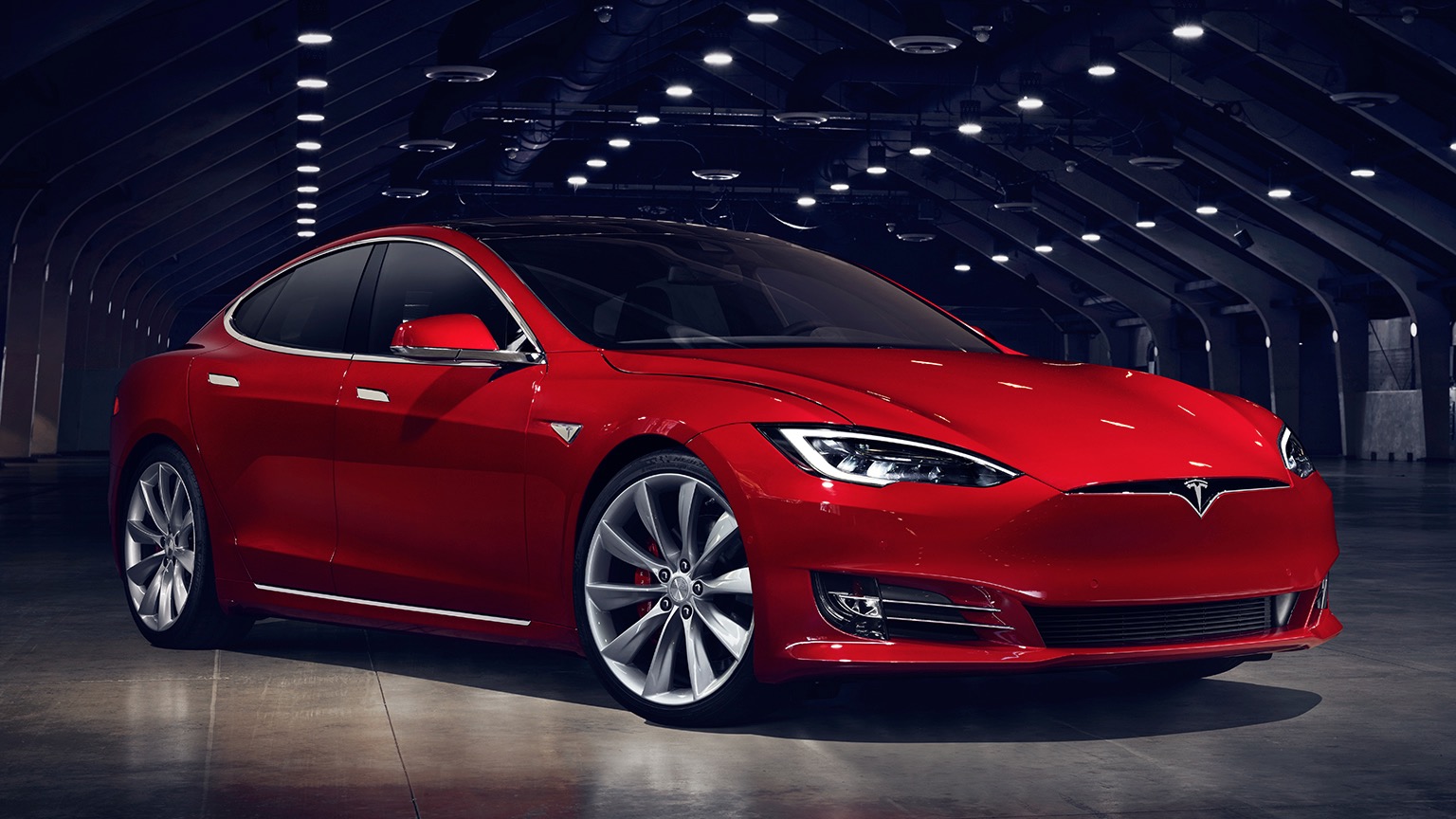
This blank screen failure, colloquially known as “MCU blackout” in Tesla owner communities, created serious functionality and safety concerns. Without the touchscreen, drivers lost access to critical functions, including defrosting controls, charging port operation, and several safety alert systems.
The severity of these issues eventually prompted a National Highway Traffic Safety Administration investigation and a reluctant recall from Tesla after years of owner complaints.
What made the MCU1 situation particularly frustrating for owners was Tesla’s handling of the inevitable failures. Rather than acknowledging the fundamental design flaw, Tesla initially classified these failures as normal wear items, charging owners $1,500-$2,500 for replacements outside warranty.
Only after significant public pressure and regulatory attention did Tesla offer reduced-cost repairs and limited warranty extensions.
Software updates, normally a strength of Tesla’s connected vehicle approach, actually accelerated failure in MCU1 units. Each update increased the storage demands on the system, hastening the inevitable flash memory degradation.
Many owners reported system failures shortly after updates, leading to the uncomfortable choice between accepting new features with their associated risks or refusing updates and missing out on improvements and bug fixes.
Tesla eventually offered an MCU2 upgrade path for owners of older vehicles, but for $2,000-$2,500, a substantial expense for a component that failed due to an inherent design limitation rather than user damage or normal wear.
This retrofit program, while providing a solution, highlighted how even the most innovative automotive technology company struggled with the long-term implications of digital integration.
The MCU1 saga illustrates a fundamental challenge of automotive digital dashboards: consumer electronics evolve much faster than traditional vehicle lifespans.
Tesla essentially built a 2012-era tablet computer into vehicles expected to last 15-20 years, without a clear upgrade path or component longevity matching automotive standards.
As these vehicles continue to age, they serve as a cautionary tale of technology implementation outpacing durability considerations, even from a manufacturer at the forefront of automotive innovation.
Also Read: 5 Cars With Seamless Bluetooth and 5 That Always Disconnect

